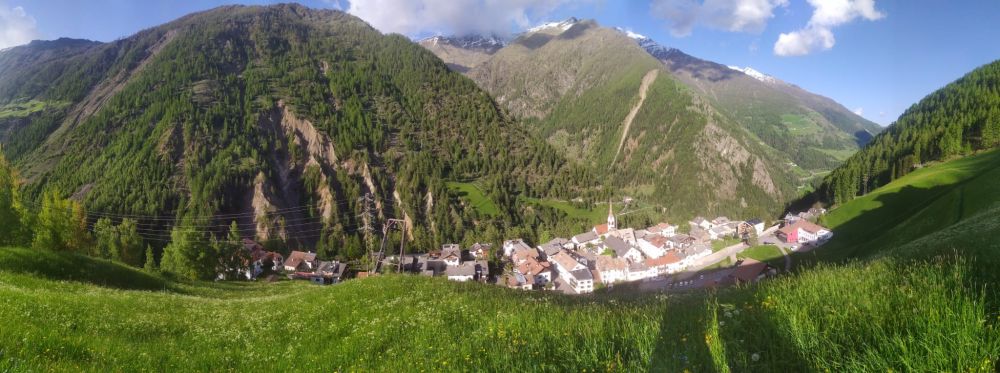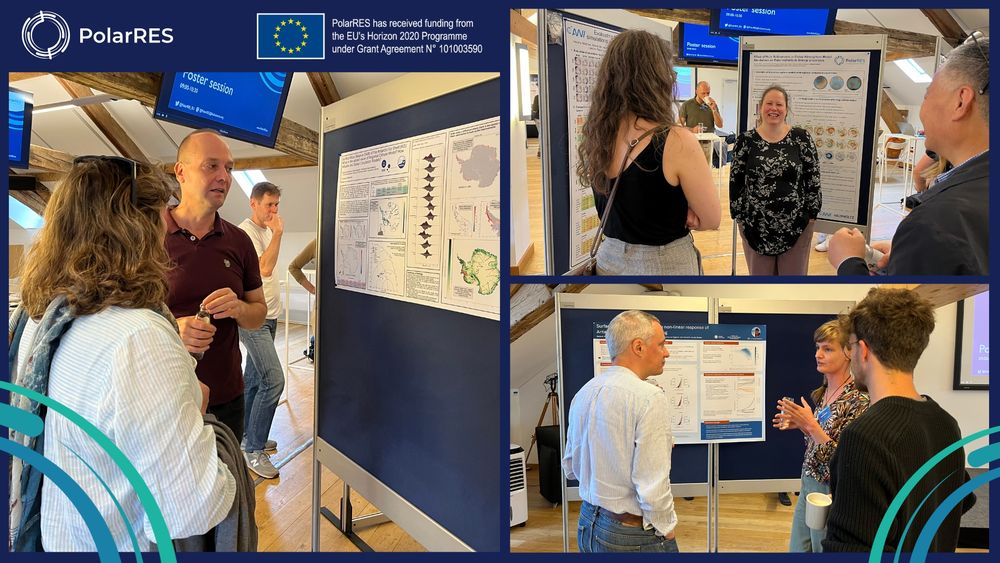Marte Hofsteenge
@hofsteengemarte.bsky.social
180 followers
220 following
13 posts
PostDoc at Utrecht University | Interested in polar meteorology and interactions with ice sheets, glaciers and sea ice 🇦🇶 | Printmaker 👩🎨❄️
www.martehofsteenge.com
Posts
Media
Videos
Starter Packs
Pinned
Reposted by Marte Hofsteenge
Reposted by Marte Hofsteenge
Reposted by Marte Hofsteenge
Reposted by Marte Hofsteenge
Reposted by Marte Hofsteenge
Reposted by Marte Hofsteenge

















